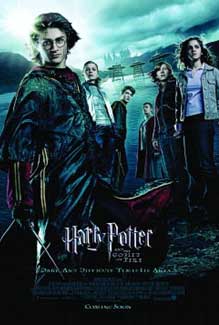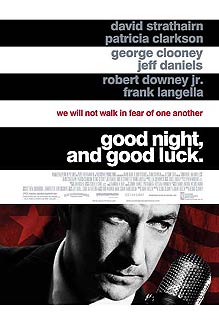If we are to believe what we are told at the end of the film
She paints her face to hide her face. Her eyes are deep water. It is not for Geisha to want. It is not for geisha to feel. Geisha is an artist of the floating world. She dances, she sings. She entertains you, whatever you want. The rest is shadows, the rest is secret.
it is unsurprising, then, that Memoirs Of A Geisha contains but a few authentic moments in a film that feels hopelessly and completely staged.
The story of Nitta Sayuri, born Chiyo, who rose from poor fisherman’s daughter, sold by her father at what looks to be the age of 9 to a geisha house in Kyoto, to preeminent geisha of her time is set against both the traditions of 1930s Japan and the changing time after World War II. It presents in great detail the everyday insults and politics among the women of the geisha district and gives a brief glimpse into some customs that in the West are most often misconstrued.
My quibble with this film is not the pan-Asian casting for certainly all the actors, both male and female, turn in competent performances. More, it is that the film commits the cardinal sin of fiction: it tells us what happened instead of showing us and making us feel it. The problem is that this film is not fiction; it is biography. It is as if because it is biography the actors, including the always stunning Michelle Yeoh and the ever capable Ken Watanabe, were constrained from using all but the smallest bit of their skills and craft. Each of the lead actresses, though, gets one of the few authentic moments of connection in the film.
The first comes as Hatsumomo (Li Gong, probably best known in the West for Wayne Wang’s Chinese Box) accosts young Chiyo (Suzuka Ohgo) in the garden of the geisha house. It is at that moment, looking into the girl’s stunning “water” eyes, that Hatsumomo realizes that she will not be one of Kyoto’s two most desired geishas for very much longer.
The second comes as Mameha (Michelle Yeoh, Crouching Tiger, Hidden Dragon; Tomorrow Never Dies) negotiates with Mother (Kaori Momoi) for Chiyo’s debt and contract, wagering that she can have the young girl ready to make her debut and clear her debt to the geisha house in six months. The currents and undercurrents of both the words and gestures in the scene are a masterpiece of business negotiation and should be studied by the CEO of every company in the world both large and small.
The last of these moments comes when Chiyo, now called Sayuri (Ziyi Zhang, Crouching Tiger, Hidden Dragon; House of Flying Daggers), makes her debut at one of the district’s tea houses. Sayuri’s embarrassment is palpable when she attempts to serve The Baron (Cary-Hiroyuki Tagawa, Pearl Harbor) his tea using one of Mahema’s alluring tricks.
I truly wanted to be captivated by this film, to be transported to a world shrouded in myth and secrecy, to feel when I left the theater as if I had gotten a peek behind a curtain that I never should have been aware of in the first place. Sadly, director Rob Marshall and screenwriter Robin Swicord failed to provide.


Visit the official site




